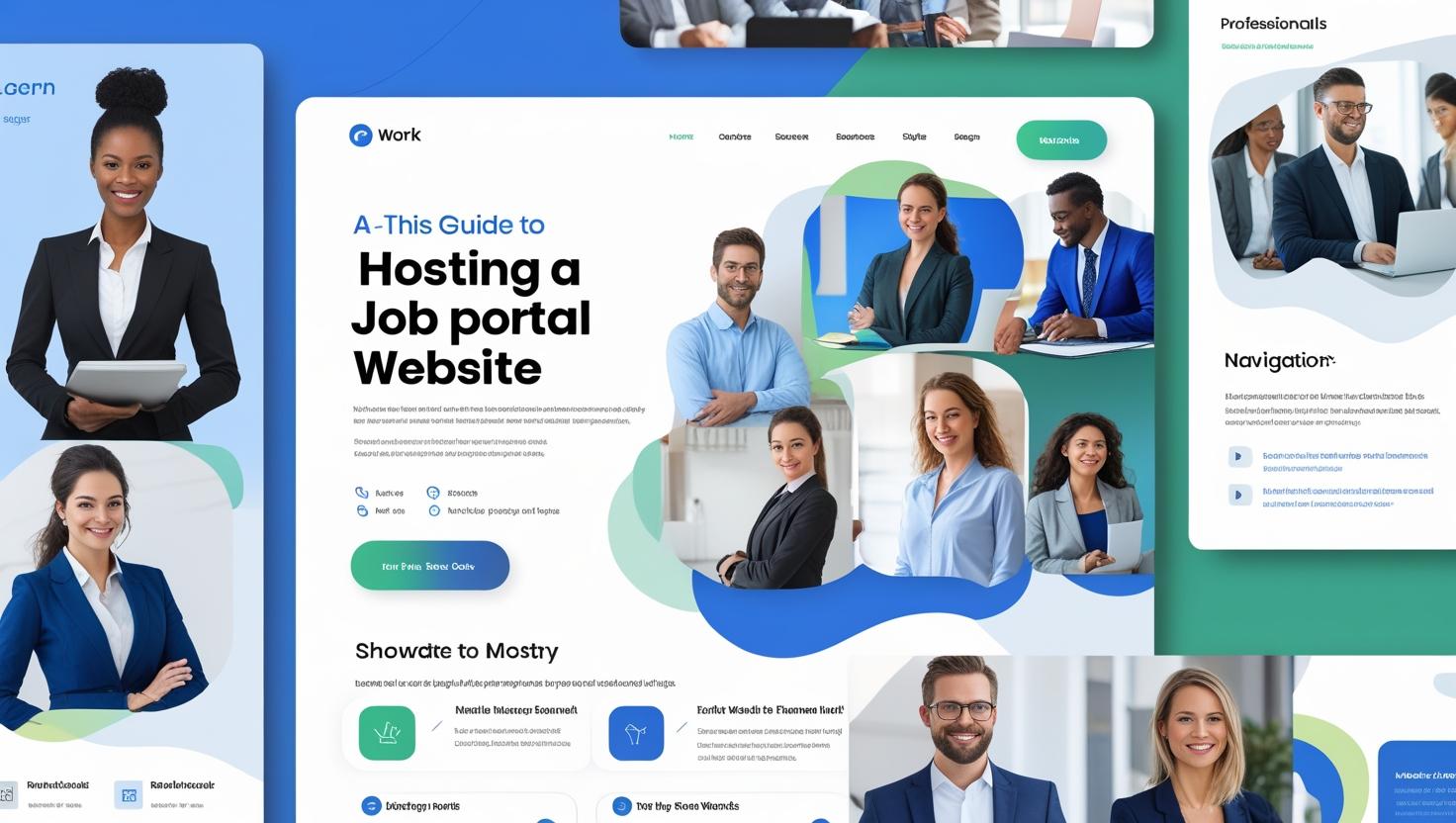
Guide to Hosting a Job Portal Website
🚀 Step-by-Step Guide to Hosting a Job Portal Website
In the digital era, job seekers and employers rely on online portals to connect. If you’re planning to launch a job portal website, selecting the right hosting and architecture is crucial. This guide walks you through the entire process — from domain registration to launching a secure, scalable job board.
1️⃣ Choose a Niche and Features
Before diving into hosting, define your job portal’s focus:
-
General jobs (like Indeed)
-
Industry-specific (IT, Healthcare, Freelancing)
-
Location-based (Local city/state)
Common Features:
-
Job Listings & Categories
-
Resume Uploads & Applications
-
Employer Dashboards
-
Search & Filter Tools
-
Email Notifications
2️⃣ Register a Domain Name
Choose a domain that is:
-
Short, relevant, and brandable (e.g., HireHub.com)
-
Includes keywords if possible (e.g., TechJobsIndia.com)
Use trusted registrars like GoDaddy, Namecheap, or directly through your hosting provider.
3️⃣ Select the Right Web Hosting
For a job portal, hosting needs to be:
-
Fast & Scalable (to handle traffic surges)
-
Secure (to protect user data)
-
Reliable Uptime (above 99.9%)
Recommended Hosting Types:
-
VPS Hosting – Great balance of performance and cost
-
Cloud Hosting – Best for scalability (AWS, DigitalOcean, etc.)
-
Managed WordPress Hosting – For platforms like WP Job Manager
4️⃣ Choose the Right Platform or Tech Stack
No-Code/Low-Code Options:
-
WordPress with WP Job Manager or Jobify Theme
-
Wix or Webflow (for basic job boards)
Custom Development:
-
Frontend: React.js, Vue.js
-
Backend: Node.js, Django, Laravel
-
Database: MySQL, MongoDB
-
APIs: LinkedIn, Indeed API for listings
5️⃣ Secure Your Website
Job portals handle sensitive data like resumes, emails, and company info. Don’t skip these:
-
SSL Certificate (HTTPS)
-
Regular Backups
-
Spam & Malware Protection
-
GDPR Compliance (for EU traffic)
6️⃣ Launch and Optimize
Once the portal is live:
-
Test all workflows (registration, job posting, applications)
-
Use Google Analytics for tracking
-
Apply SEO best practices (meta tags, structured data for job listings)
-
Enable caching & CDN for faster loading
🔧 Pro Tip:
Ensure mobile responsiveness — over 60% of job seekers use mobile devices!
📈 Scale & Monetize Your Job Portal
As your traffic grows:
-
Upgrade hosting or switch to cloud
-
Add premium job posting plans
-
Include ad placements or affiliate listings
-
Integrate with applicant tracking systems (ATS)
💬 Final Thoughts
Launching a job portal is more than just building a website — it’s about ensuring performance, trust, and usability. With the right hosting foundation and scalable design, your job portal can become the next big hiring hub.